Fence? I don’t pay too much attention to fences. They don’t stop me from going in or out, feel enclosed or protected. Mind you, I garden around the fence and add another fence as a support for the plants. Smart, huh?
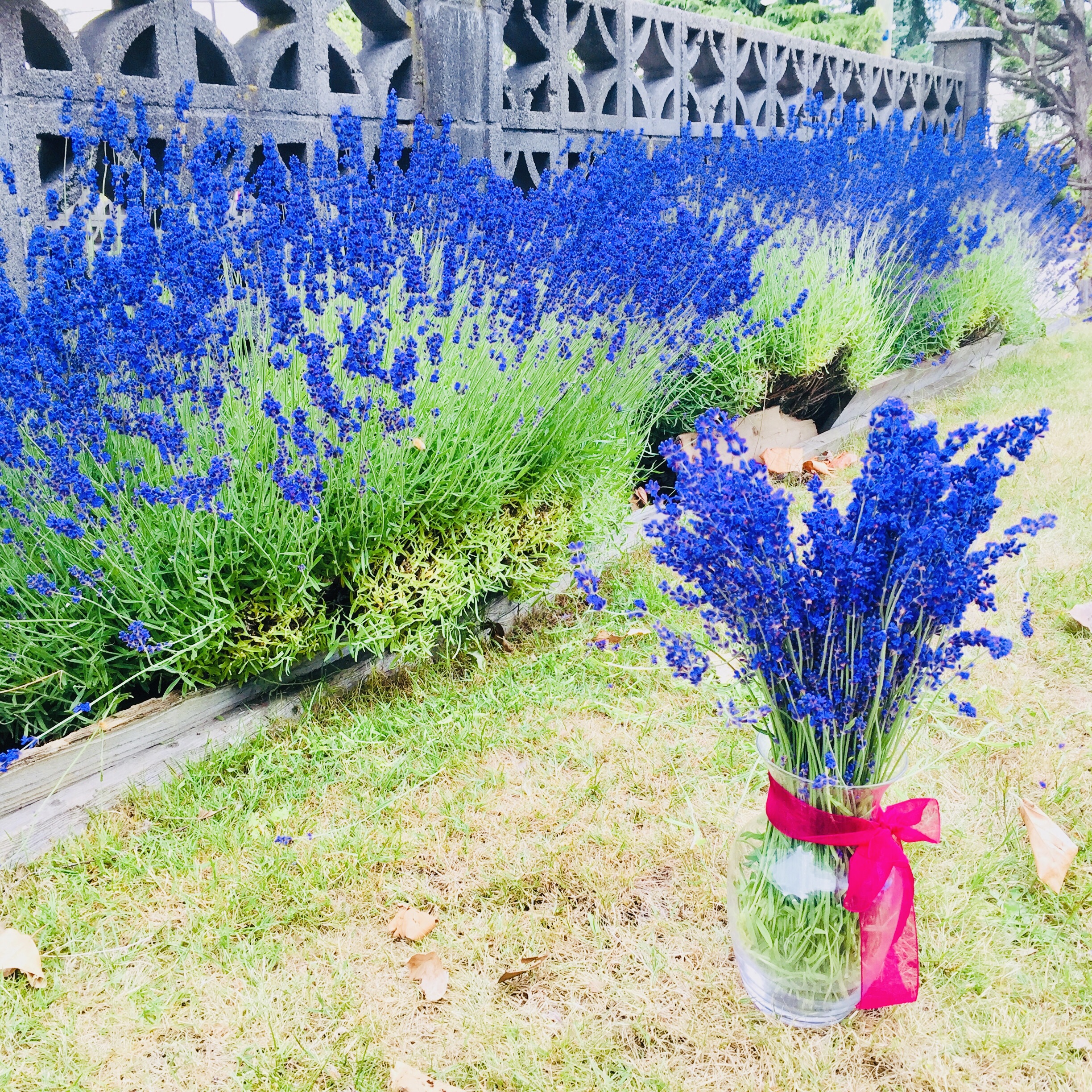
In my gardening group, a member commented, “I love your fence!” I wonder which one she was referring to. The hollow blocks or the wooden frame?
As mentioned in my last post, I went on a pilgrimage. It was wild and completely different from what I have experienced. Four cars left the city to drive up north of BC. There were 11 of us city slickers. It was a long drive. I refrained from saying “Are we there yet?” I rode with my sister and tried to stay awake to keep her awake. Thank goodness we stopped overnight and visited the historic Bakerville, BC. A mining town. Below are four different kinds of fences.
Fences for horses and goats are more for protecting animals from human invaders. But birds can just sit on a fence guilt free. Some old boards and wheels were stacked together that became a semi-fence. Very rustic.
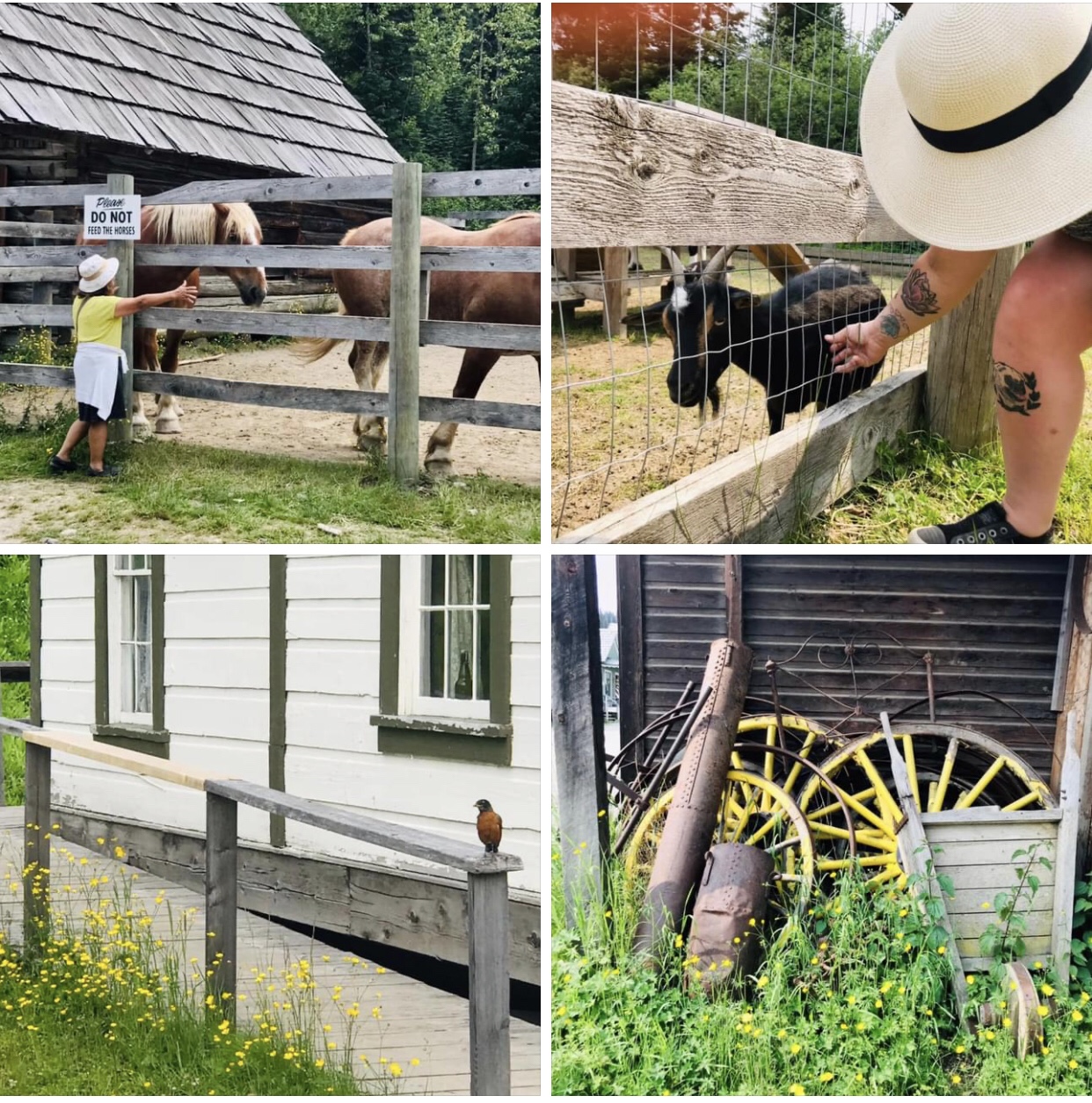
After another day of driving, we arrived at our destination, Fraser Lake. The fence to our motel is unfinished. I nicknamed it “The Bite Motel.” My body became a meal for blood-sucking insects. I must have killed at least a dozen mosquitoes, but I don’t see those fast-moving jumping ones that hitchhiked on my clothing and brought them inside the inn. Wild, eh?

That evening, we ventured to the opening night at Lejac. This area is surrounded by wire fencing. As we drove in, the entrance of the reservation’s sign stated, “Private Property, No Trespassing. Violators will be prosecuted.” And a bigger signpost behind it is: “Rose Prince Annual Pilgrimage. Everyone Welcome.” A bit confusing. Then, we say hello to a guard of LNG (Liquid Natural Gas) that rents a piece of the land for the workers.

Driving further is a huge and wide open space freshly mowed. What stood out in the aboriginal ancestral sacred ground of Carrier Nation is this white picket fence, teepee and a forest behind. It’s astonishing!
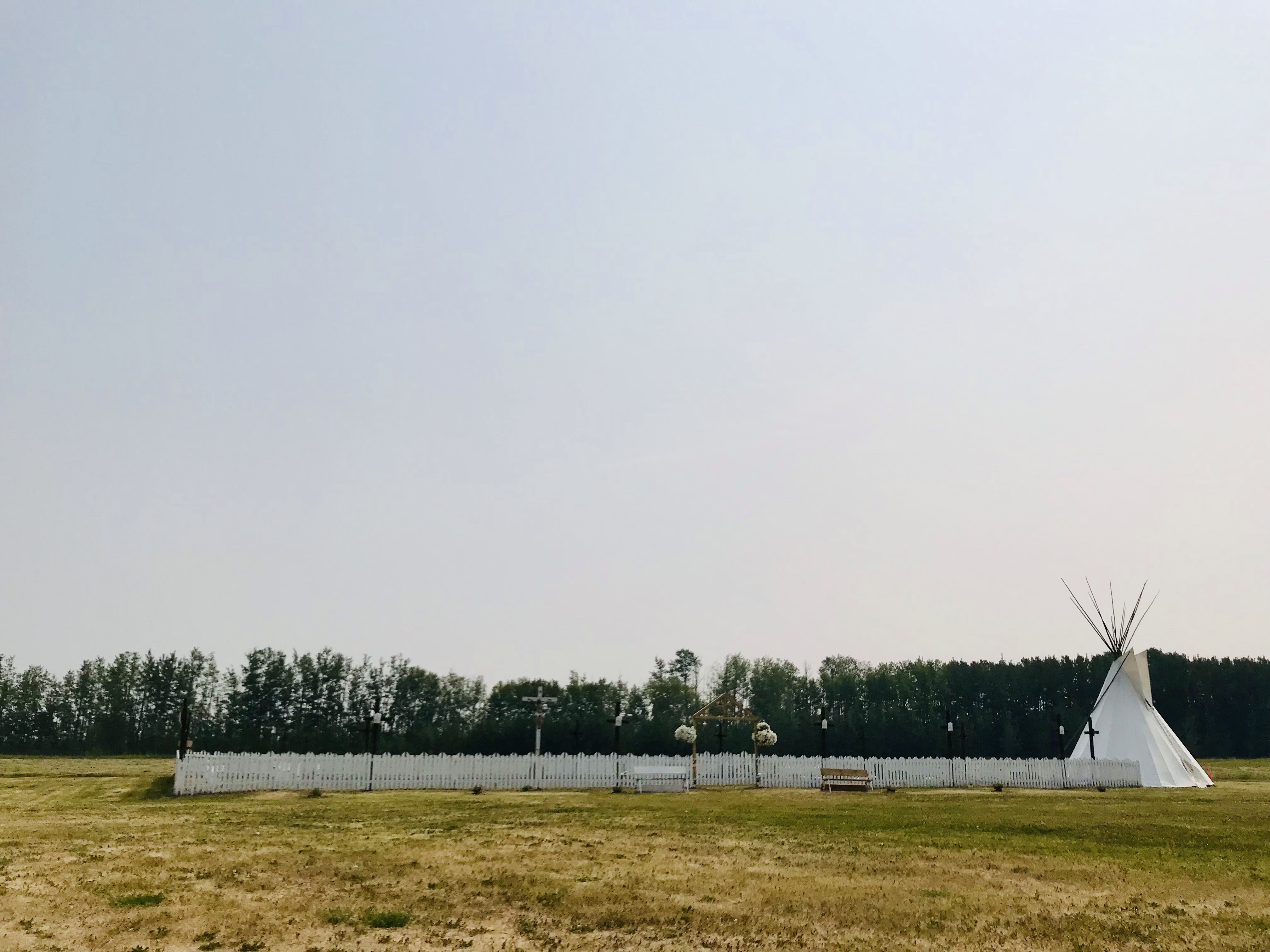
They claim this mother of ours, the Earth, for their own use, and fence their neighbors away from her, and deface her with their buildings and their refuse.” – Sitting Bull
For three days, the ground is full of pilgrims. There is a camping site. Due to the current wildfire, there is a restriction on open fires. Parking spots for day visitors. People as far as Saskatchewan came by the bus load. Simple meals were provided. Free. Baked ham and chicken for our last meal donated by LNG. What a feast!
What are we celebrating?
We were celebrating the life of a simple aboriginal that stayed here. This place was one of many residential schools erected in Canada courtesy of the Government to assimilate Indians into a white man’s ideology. The school is no longer here. But they kept the original stone stairway and planted shrubs as a fence.

Who is she?
Her name is Rose Prince. She was born in 1915. Her parents are devout Catholics and came from a long line of chiefs amongst the Carrier Nation. When the government erected a new four-storey residential school at Lejac operated by the Roman Catholic Church in 1922, Rose transferred to this residential school. It’s hard to say how she was affected by the tragedies that happened while in residence. I have heard some horror stories from others during Truth and Reconciliation before coming here.
However, Rose anchored her life to the cross of Jesus in prayers. Rose found a hidden life with Jesus working at the school in humility. The government, nuns, priest and catholic employees undermine their families with injustice and even Indian students inflicted on one another. Rose found peace despite the world constantly changing around her. Rose stood firm.
Rose endured trials and sorrows due to the curvature of her spine. Her body is deformed. She lost her mother and two younger siblings. She had nine siblings. Her siblings also attended the school. During summer vacation, students return home, but Rose chooses to stay at the convent after the deaths of her family. She remained until she died. She was buried on her 34th birthday in 1949.
The white picket fence is actually a cemetery where Rose is buried.
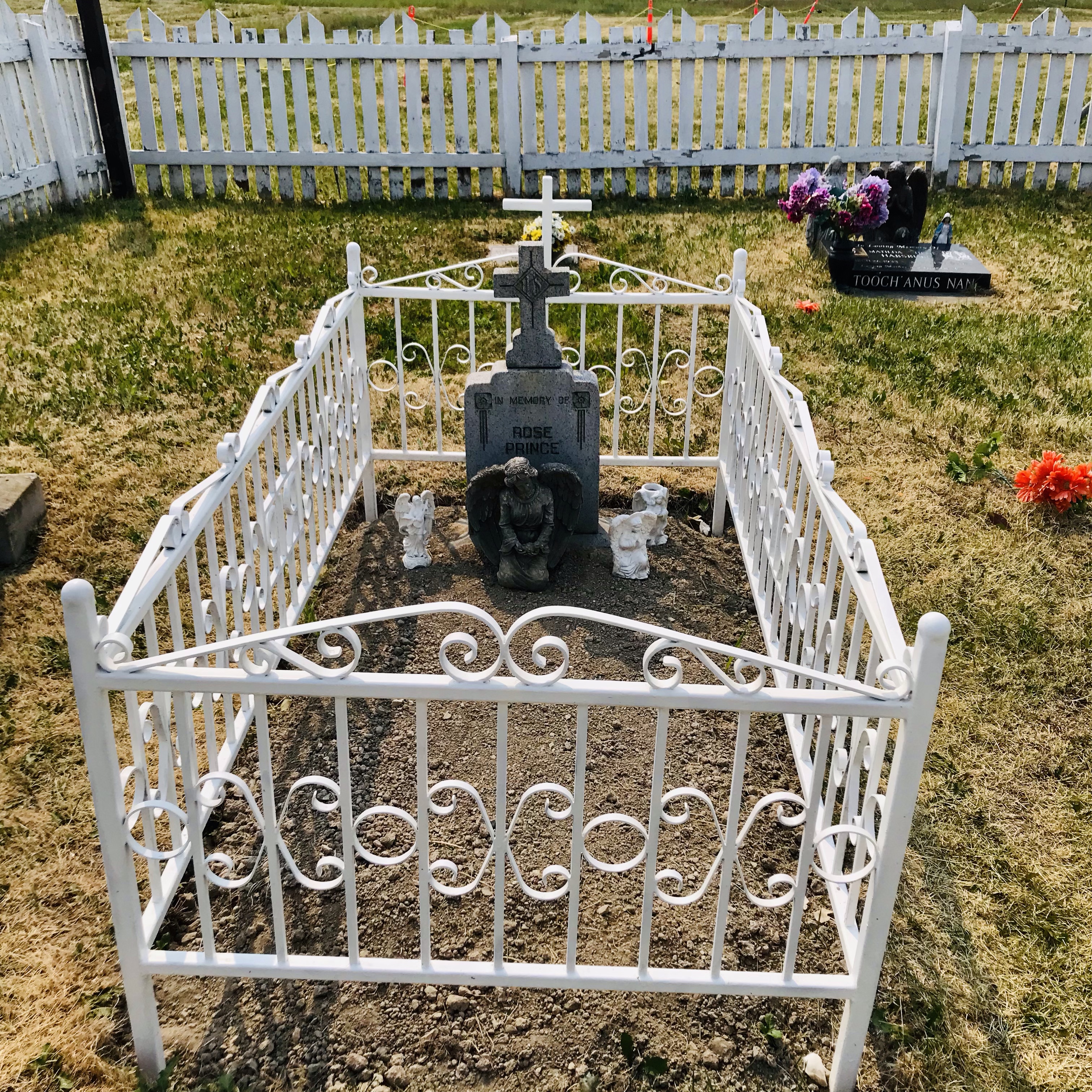
Why is Rose important?
In 1951, a few graves were relocated to a bigger cemetery. One of the caskets broke open. The workers were amazed to discover that the body in the open casket was seemingly fresh except for a withered bouquet. Other bodies buried recently or longer were exhumed and examined. They were decaying. The incorruptible body with a tiny smile, transparent and looked as if she is sleeping for two years is Rose Prince. For believers, it’s a sign of holiness.
For thirty years, people come to Celebrate her life. Prayed to her and asked for intercessions to be healed. I met a man who was healed 25 years ago. The media even wrote about it. Feel free to read it here.
Rose’s presence helps break down the proverbial fences the residential students endured. We listened to their experiences that made them wary of the government and catholic organizations. With the assistance of trauma centres, spiritual advisors, and slowly returning to their Christian faith, the hope of healing is palpable. It was a very moving experience to attend this pilgrimage. It was an honour to be here at Lejac.
A joke at the reserve: We were once a Roman Catholic now we are Roaming Catholics.
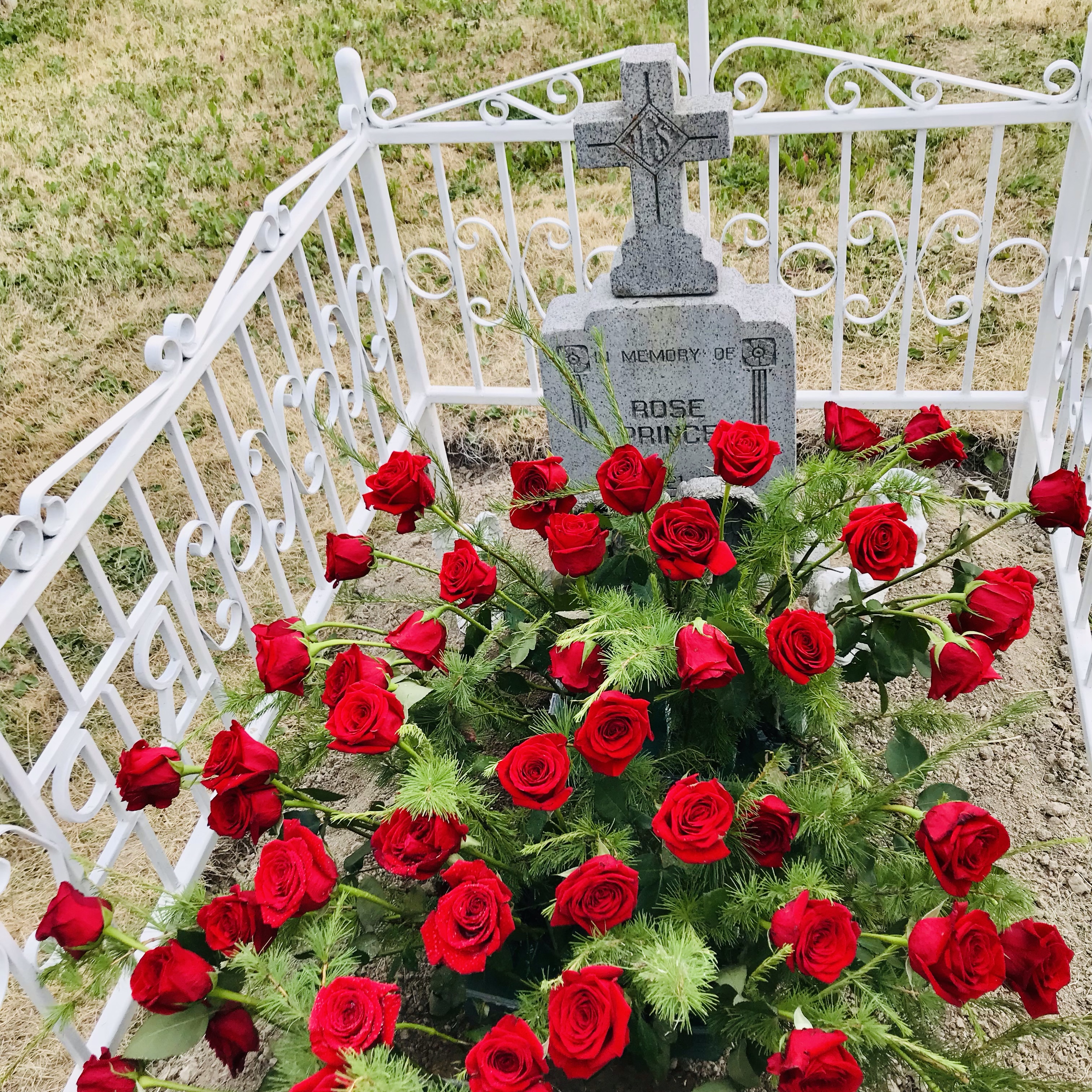
Susan, my sibling, brought 500 roses from home to decorate the church. At the end of the gathering, the pilgrims may take the flowers. Surprisingly, the roses remain fresh after two days of travelling and three days of service. She partakes in this celebration for the past 15 years.
Now back to the city.

“Beyond the fence the forest stood up spectrally in the moonlight, and through the dim stir, through the faint sounds of that lamentable courtyard, the silence of the land went home to one`s very heart its mystery, its greatness, the amazing reality of its concealed life.” – Joseph Conrad
